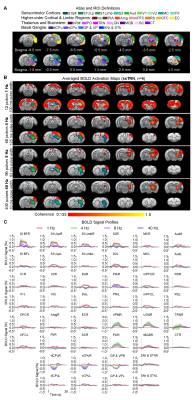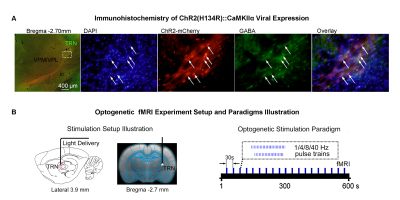Xunda Wang1,2, Alex T. L. Leong1,2, Eddie C. Wong1,2, Teng Ma1,2,3, Pit Shan Chong4, Chi Him Poon4, Pek-Lan Khong3, Lee-Wei Lim4, and Ed X. Wu1,2
1Laboratory of Biomedical Imaging and Signal Processing, The University of Hong Kong, Hong Kong SAR, China, 2Department of Electrical and Electronic Engineering, The University of Hong Kong, Hong Kong SAR, China, 3Department of Diagnostic Radiology, Li Ka Shing Faculty of Medicine, The University of Hong Kong, Hong Kong SAR, China, 4School of Biomedical Sciences, Li Ka Shing Faculty of Medicine, The University of Hong Kong, Hong Kong SAR, China
1Laboratory of Biomedical Imaging and Signal Processing, The University of Hong Kong, Hong Kong SAR, China, 2Department of Electrical and Electronic Engineering, The University of Hong Kong, Hong Kong SAR, China, 3Department of Diagnostic Radiology, Li Ka Shing Faculty of Medicine, The University of Hong Kong, Hong Kong SAR, China, 4School of Biomedical Sciences, Li Ka Shing Faculty of Medicine, The University of Hong Kong, Hong Kong SAR, China
We reveal frequency specific brain-wide responses driven by the inhibitory somatosensory thalamic reticular nucleus. Such frequency specific engagements of brain-wide neural activity could underlie selective modulation of local circuits or global networks in different brain functions.

Brain-wide BOLD responses upon optogenetic
stimulation of ssTRN at different frequencies. (A) Illustration of
atlas-based ROI definitions in the sensorimotor cortical, thalamic and midbrain
regions, higher-order cortical and limbic regions, and basal ganglia regions. (B)
BOLD activation maps at different frequencies of ssTRN stimulation (Bonferroni-corrected p<0.001). 1Hz stimulation evoked positive bilateral
cortical and vCPu responses while 4-40 Hz stimulations evoked negative ipsilateral
vCPu response. (C) BOLD profiles extracted from atlas-based ROIs.

Histological confirmation of ChR2 expression in inhibitory
TRN neurons, optogenetic fMRI experiment setup and stimulation paradigm. (A)
Confocal images of ChR2-mCherry expression in TRN with lower (left) and higher
(right) magnification. Overlay of images reveals colocalization of the nuclear
marker DAPI, inhibitory marker GABA, and ChR2-mCherry in the cell body of inhibitory
TRN neurons (indicated by white arrows). (B) Optogenetic stimulation setup
illustration (left) and a typical fMRI scan timeline with different optogenetic
stimulation paradigms (right).